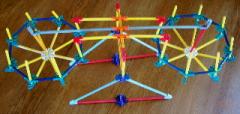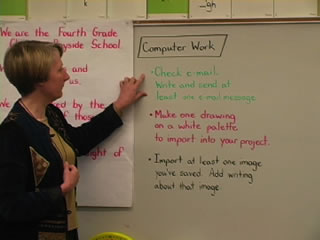
Personal
Geometries:
Working within the Variable Landscapes of
Language, Culture, Curriculum and Relationship
Ellen Franz, Bayside Elementary
Sausalito/ Marin City Unified School District, CA
| Building Relationships With Students and Families | Building Curriculum and Language |
|---|
Context
Where do I teach?
Content
What are my students learning?
Teaching Practice
What's my approach?
|
||||||||||||||||||||||||||||||||||||||||
Site last updated May 31, 2006
 Building Curriculum and Language: Physics and Engineering
Building Curriculum and Language: Physics and Engineering 
